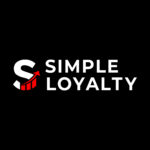Estimated Reading Time: 8 minutes
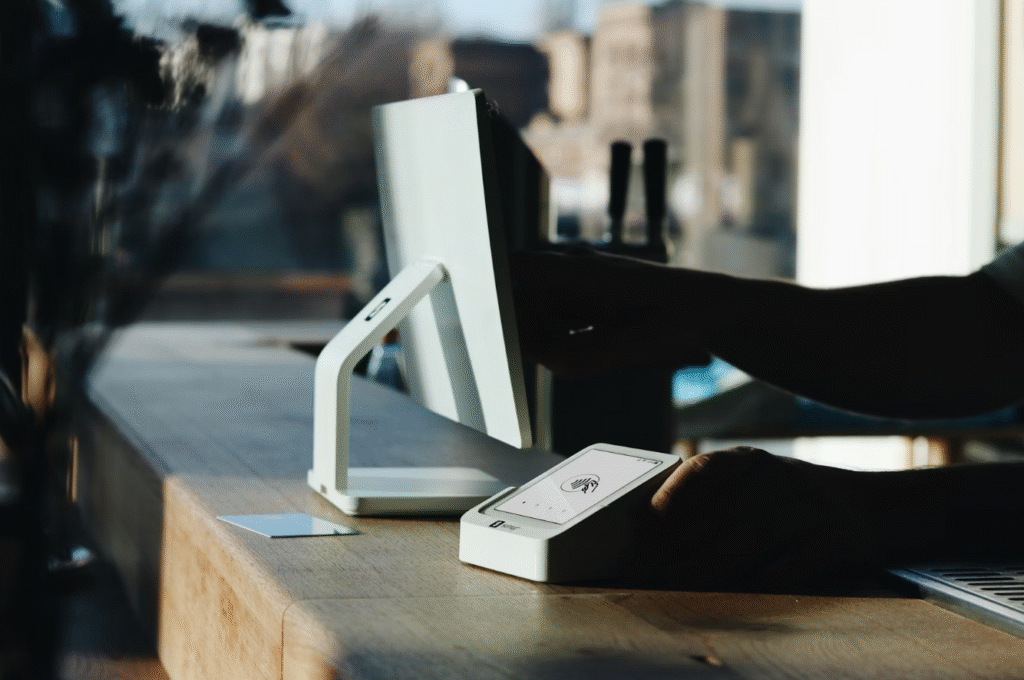
Your store is bleeding money right now.
Not from shoplifters or high rent, it’s from something worse: customer amnesia.
Every person who walks out your door is one WhatsApp message away from your competitor.
That $500 customer from last week? Already forgotten you exist.
While you’re manually scribbling phone numbers in a notebook, competitors using marketing automation software are sending birthday discounts automatically and re-engaging dormant customers.
The fix is simpler than you think.
We broke down 5 top solutions to find which actually deliver for brick-and-mortar stores — including one that sets up in 30 minutes with zero technical skills needed.
- Why Marketing Automation is Essential for Retailers
- Key Features Retailers Should Look For in Automation Software
- Best Marketing Automation Software for Retail Stores
- How to Choose the Right Platform for Your Retail Business
- Common Mistakes to Avoid
- Marketing Automation Software FAQs: What Businesses Ask Most
- Conclusion
Why Marketing Automation is Essential for Retailers
Rising Competition and Consumer Expectations
Shoppers today expect fast replies, personal deals, and smooth shopping online or in-store. With so many choices out there, retailers need to stand out.
Marketing automation helps you stay quick, organized, and connected with your customers.
Time-Saving and Efficiency Gains
Automation takes care of tasks that usually eat up time, like sending emails, posting updates, or tracking results. This gives your team more time to plan creative campaigns or focus on great customer service.
Key Features Retailers Should Look For in Automation Software
When picking the right automation tool for your store, focus on features that make your work easier and improve customer experience:
Email automation
Sets up abandoned cart emails so a shopper who leaves shoes in their cart gets a reminder to complete the purchase.
Example: A customer adds a pair of sneakers to their cart but doesn’t complete the checkout process. An hour later, they get an email saying, “Still thinking about those sneakers? Grab them before they’re gone forever!”
SMS or WhatsApp add-ons
Send a quick text when a customer’s order is ready for pickup or when there’s a weekend sale.
Example: A cafe sends a WhatsApp text saying, “Your latte is ready for pickup!” It feels direct and personal, with no spam.
Customer segmentation
Group your “VIP” shoppers who spend RM100+ monthly and send them early access to new arrivals.
Example: Shoppers who spend over $100 monthly get tagged as “VIP” and receive early access to new arrivals or exclusive 10% birthday discounts.
Loyalty Program Integration
Let customers earn points automatically when they shop online or scan in-store, no extra steps needed.
Example: A shopper earns points from an in-store purchase and later redeems them online for a discount, all synced in real-time.
Analytics and reporting
Track which campaign (email vs SMS) brings in more repeat visits, so you know where to invest more budget.
Example: You might see that WhatsApp messages bring back twice as many customers as email, helping you focus your budget where it works best.
Best Marketing Automation Software for Retail Stores
SimpleLoyalty
SimpleLoyalty is built to help retail stores with a complete CRM (Customer Relationship Management) and a loyalty program software.
The magic?
It captures customer data automatically from your POS. No manual entry.
Marketing runs on autopilot: birthday messages, “we miss you” campaigns, loyalty rewards – all through WhatsApp and SMS, where people actually check their messages.
Ideal for: Any physical store tired of punch cards and vanishing customers.
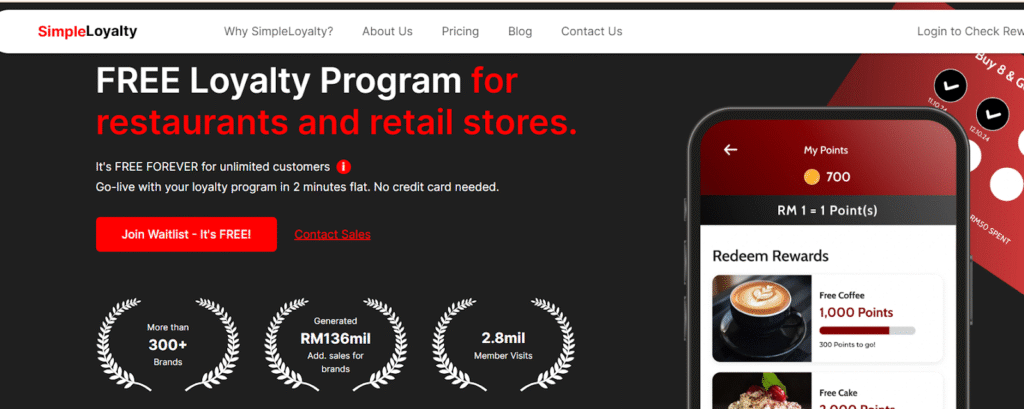
Square Loyalty
If you’re already using the Square system, Square Loyalty is the clear pick. It works smoothly with your setup, rewards are tracked with every payment, and everything shows up in one easy dashboard.
The appeal is simple.
If you’re already using Square for payments, so adding loyalty feels native. Customers earn points automatically, and your staff doesn’t need to learn a new system.
Ideal for: Existing Square POS users
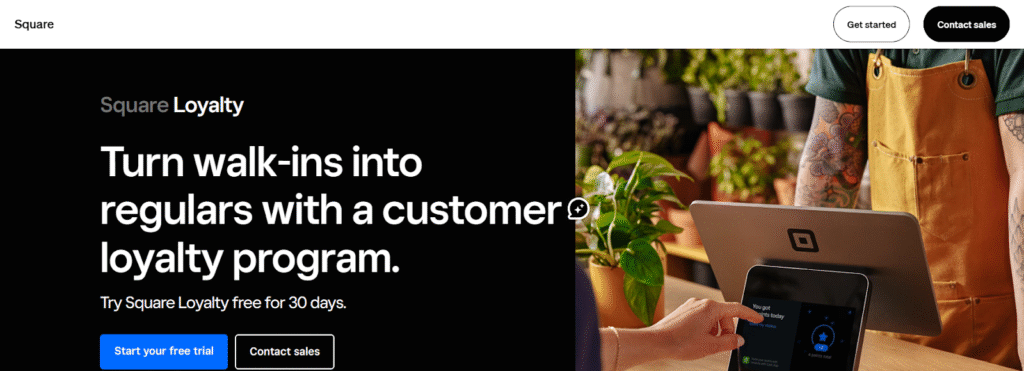
Smile.io
Smile.io shines if you’re running an omnichannel online store plus physical locations. Built primarily for e-commerce, it handles points programs, VIP tiers, and referral campaigns well.
Just like SimpleLoyalty, the platform can integrate deeply with Shopify, letting customers earn and redeem across both online and in-store purchases. Great for building brand communities and incentivizing social sharing.
Ideal for: Shopify stores with retail locations
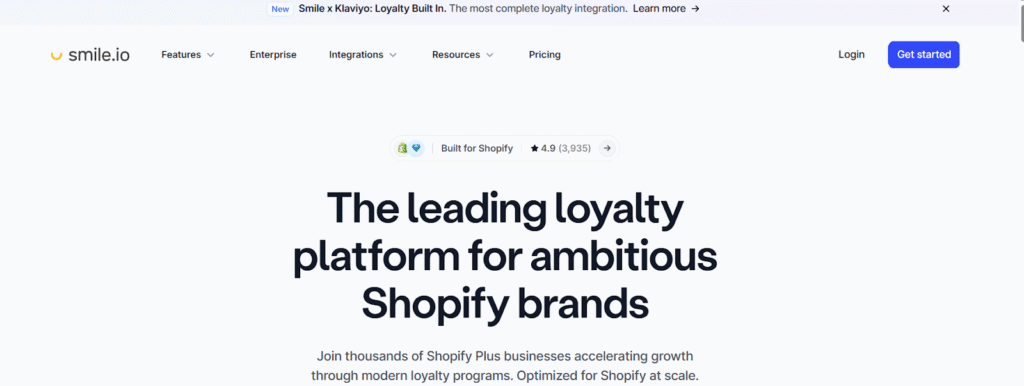
Klaviyo
If email marketing is your main focus, this tool is a great pick. It has strong automation features that make customer journeys easy to set up, plus an optional SMS add-on if you want to run campaigns on more than one channel.
One of its strongest features is deep segmentation, which lets you target the right customers with the right messages.
Ideal for: Email Marketing Focus
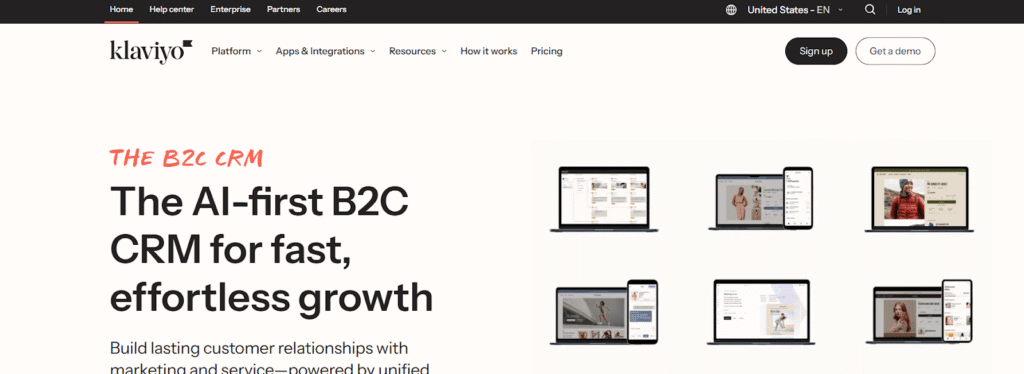
How to Choose the Right Platform for Your Retail Business
Matching Software to Business Size
Small shops need simple tools that are easy to use. Bigger stores may need stronger systems that can handle more customers and data.
Example:
A small clothing shop might pick a tool that sends basic emails and tracks loyalty points.
But a large chain store might need a system that connects online and in-store sales and sends special offers to thousands of customers.
Budget Considerations
Automation tools come at different prices. Think about how much time or sales you’ll gain before spending too much. Start small, and upgrade when your business grows.
Example:
A small café could start with a free or cheap plan that sends welcome emails.
When sales grow, they can move to a paid plan that includes text messages and more data tracking.
Scalability
Choose software that can grow with your business. It should handle more sales, more customers, and more channels as you expand without problems.
Example:
If you start selling only online, pick a platform that can also support in-store checkouts later.
That way, when you open a physical shop, everything still runs smoothly, and your customer data stays in one place.
Common Mistakes to Avoid
Picking Software You Won’t Actually Use
Many retailers pick software that looks fancy but ends up collecting dust. If your team can’t use it easily, it won’t help your customers either.
Why it happens: You get excited by fancy features and cool demos, but when it’s time to use it, the software is confusing and slows everything down.
What to Do Instead:
- Pick software that your team can learn in 30 minutes or less
- Test it with your actual staff before buying
- Choose something that works with your current system easily
- Start simple, you can always upgrade later
Making rewards too hard to get
If customers need to spend a fortune just to get a tiny perk, they’ll give up. Make rewards simple, fair, and motivating.
Why it fails: When rewards feel impossible to reach, customers stop caring about your program completely.
What to Do Instead:
- Offer quick wins: small rewards after 1–3 visits (free drink, RM5 off, small gift).
- Build a tiered ladder: small reward, medium reward, VIP perks. This keeps momentum.
- Mix reward types: discounts, freebies, early access, or member-only promos.
Keeping It a Secret
A loyalty program no one knows about is useless. Remind your customers frequently, both in-store and online, through every touchpoint you have.
Why it matters: Customers are busy and distracted. One announcement isn’t enough, they’ll forget.
What to Do Instead:
- Train staff to mention it at every checkout
- Put up posters, table signs, and bag stickers
- Send monthly reminders showing customers their points balance
- Post about it on social media regularly
Ignoring Your Data
Loyalty isn’t “set it and forget it.” If you don’t track performance, you can’t improve. Regular check-ins with the data keep your program alive.
What you’re missing: Which customers are about to leave, whether rewards are working, and if your program is actually growing.
What to Do Instead:
- Check these numbers every month:
- How many customers are joining?
- Are members coming back more than non-members?
- Are people actually using their rewards?
- Look for problems and fix them fast
Marketing Automation Software FAQs: What Businesses Ask Most
Do I really need marketing automation if I’m just a small retail store?
That’s exactly why you need it!
Small stores can’t afford to lose customers – you don’t have corporate marketing budgets to constantly acquire new ones. Automation helps you keep the customers you already have without adding work to your day.
How long before I see results?
Most stores see returning customers within the first month.
Why?
Because you’re finally following up with people who already liked your products. The quick wins come from re-engaging recent customers who simply forgot about you.
Can I switch systems later on if I need to?
Yes, but why make it harder on yourself?
Start with something like SimpleLoyalty that grows with you. Moving customer data and loyalty programs between systems is painful and it’s best to start right.
Conclusion
For most Malaysian retail stores, SimpleLoyalty hits the sweet spot.
It includes everything you need (CRM, loyalty, WhatsApp/SMS marketing), is actually easy to use, and won’t drain your budget.
Right now, while you’re reading this, your competitor just sent automated birthday discounts to 50 customers. Three of them are heading to their store customers who used to shop with you.
Every single day without automation, you’re hemorrhaging revenue. Your competitors aren’t just winning, they’re using your customers to do it.
The gap gets wider every day you wait.
Get started with SimpleLoyalty today! Set up fast, send your first campaign today.


